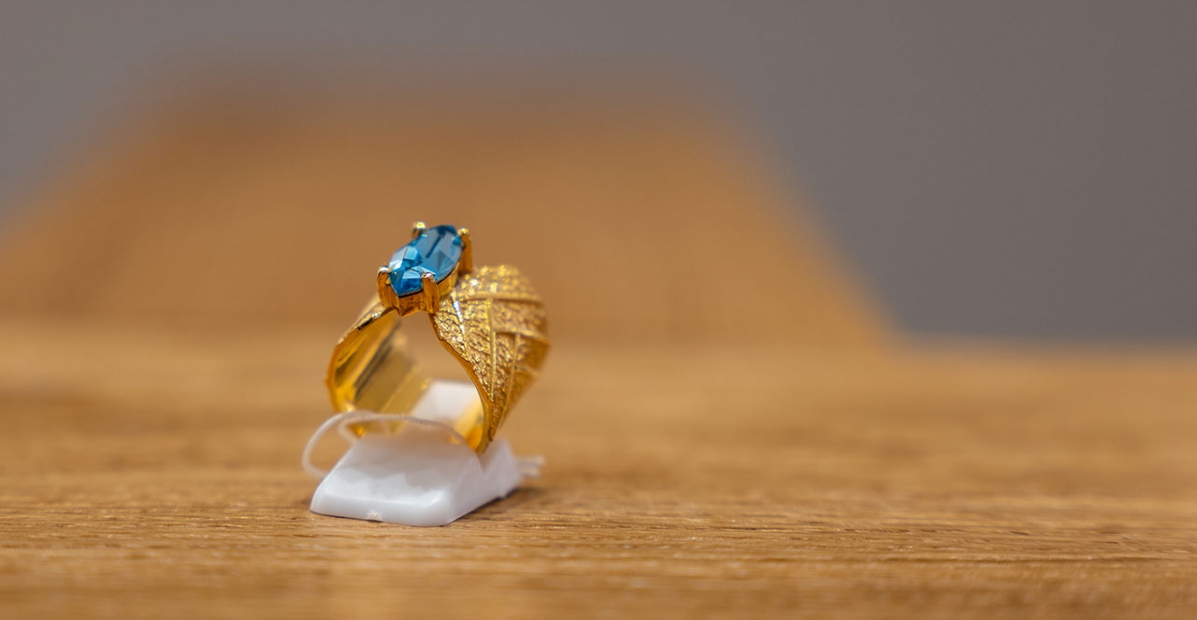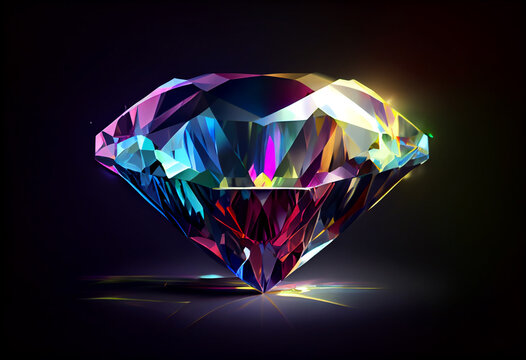Understanding Lab Diamonds: Cut Grading and Its Importance

In the world of fine jewelry, diamonds are known for their brilliance and beauty. However, when it comes to lab-grown diamonds, the topic of grading, particularly cut grading, plays an essential role in their overall value. Lab diamonds cut grading refers to how well a diamond’s facets interact with light. It determines how brilliant and dazzling the diamond appears, which is why understanding it is vital for consumers and jewelers alike. In this article, we’ll explore what lab diamonds cut grading is, how it works, and why it’s important when purchasing a lab-grown diamond.
Table of Contents
ToggleWhat is Lab Diamonds Cut Grading?
Lab diamonds are chemically identical to natural diamonds, but they are created in a controlled lab environment. The process involves using high-pressure, high-temperature methods or chemical vapor deposition to form diamonds in a matter of weeks. Despite the manufacturing process being different, lab diamonds are graded similarly to natural diamonds in several key categories, including the cut.
The cut of a diamond refers to how well it has been shaped and faceted, and it directly impacts how the diamond reflects light. When lab diamonds are cut to ideal proportions, they will sparkle and shine more intensely. The cut grading system evaluates this brilliance, assigning a grade based on how well the diamond was shaped. Common grades include Excellent, Very Good, Good, Fair, and Poor, and each grade reflects the overall light performance of the diamond.
Why Is Lab Diamonds Cut Grading Important?
The cut is often considered the most crucial of the four Cs (cut, clarity, color, and carat weight) because it influences the diamond’s visual appeal the most. Unlike clarity and color, which are inherent to the diamond, the cut is a product of the craftsmanship that goes into shaping the diamond. Lab diamonds cut grading determines how efficiently the diamond interacts with light, affecting how much fire, sparkle, and brilliance it emits.
A well-cut lab diamond will appear more vibrant and lively, making it more desirable to buyers. The better the cut, the greater the return on investment, as a well-cut diamond can look larger and more radiant even if it’s smaller in size. Understanding cut grading allows consumers to make informed decisions when shopping for a lab-grown diamond.
Factors Affecting Lab Diamonds Cut Grading
Lab diamonds cut grading takes several factors into account, and each of them can influence the final grade given to the stone. The first factor is the overall proportions of the diamond, including the depth, table size, and crown angle. These measurements must fall within specific ranges to achieve the ideal cut.
The symmetry of the facets is also a significant aspect of cut grading. Perfectly aligned facets ensure that the diamond reflects light optimally, resulting in enhanced brilliance. Any imperfections or misalignments in the facets can cause light leakage, diminishing the diamond’s sparkle.
Another factor is the polish of the diamond’s surface. A diamond with a smooth, well-polished surface will reflect light more efficiently, whereas a diamond with scratches or imperfections on its surface may look duller. The grading of polish is typically part of the cut grading process, influencing the diamond’s final grade.
How Lab Diamonds Cut Grading Affects Their Value
The cut of a diamond has a direct impact on its price. lab created diamonds with higher cut grades, such as Excellent or Very Good, will command a premium price due to their enhanced brilliance and appeal. On the other hand, diamonds with lower cut grades may be less expensive, but they may lack the sparkle and shine that consumers desire in a diamond.
Although the cut is an important factor in determining a diamond’s price, it should be considered in conjunction with the other Cs—clarity, color, and carat weight. A diamond with a lower cut grade but higher color or clarity may still be worth more in certain circumstances. However, if you prioritize brilliance and sparkle, a high-quality cut is essential, even if the diamond has a lower color or clarity grade.
How to Choose the Best Lab Diamond Based on Cut Grading
When shopping for a lab-grown diamond, it’s essential to prioritize the cut grading if you want a stone that dazzles and captures attention. While other factors like color and clarity are important, the cut is the one element that influences how a diamond looks under different lighting conditions. Ideally, you want to look for diamonds with an Excellent or Very Good cut, as they will offer the best performance in terms of light reflection.
Before making a purchase, it’s advisable to view the diamond under various lighting conditions to see how it sparkles. Many jewelers offer tools such as diamond simulators or advanced imaging that can help visualize the diamond’s brilliance. Don’t hesitate to ask for detailed information about the cut grading of the lab diamonds you’re interested in, as this will help you make a more informed decision.
Conclusion
Lab diamonds cut grading plays an essential role in determining the overall beauty and value of a diamond. As the cut influences the diamond’s brilliance, fire, and sparkle, it’s crucial to understand how grading works when shopping for a lab-grown diamond. Higher cut grades result in a diamond that shines brighter and has more visual appeal. By choosing a diamond with an excellent or very good cut, you ensure that you are getting a stone that will truly stand out.
Ultimately, lab diamonds provide an ethical and cost-effective alternative to natural diamonds, and understanding the importance of cut grading can help you make an informed decision when purchasing one. Whether you’re purchasing a diamond for an engagement ring, a special occasion, or just as a luxury investment, paying attention to cut grading will help you select a stunning, high-quality lab-grown diamond that will shine for years to come.





